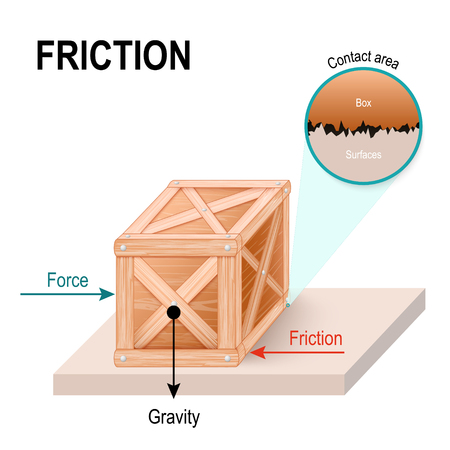By Erin Turner…..
Intention:
The nature of physics experiments (in the high school classroom) creates a perfect situation to allow students to generate their own testable questions. Many of the safety concerns that might exist in other disciplines can often be avoided when teaching classical physics, as the materials are much more benign. This catalyst was originally designed and tested in an SPH 3U classroom using the concept of friction, but it could be easily adapted to other classes and scenarios.
Scaffolding:
While presenting this process to the class, the steps were outlined using a simple scenario of the students’ choosing (ex/ Does mass have an impact on the coefficient of static friction?). Particular attention was paid to identifying variables (independent, dependent, and controlled), as this tends to be a stumbling block for students, even at the senior level. Using the terms Manipulated Variable and Responding Variable helped clarify for students the relationship between variables more than the traditional Independent/Dependent phrasing.
Differentiated Learning:
In order the assist students with the open-ended nature of this assignment, they were given the option of using the scaffolded situation as their testable question. Students who chose this option could receive a maximum mark of Level Three on the assignment, whereas students who chose to design their own experiment were working towards achieving a Level Four.
Click here to go to the source for the complete resource.
This resource is part of STAO’s Connex Inquiry Series

